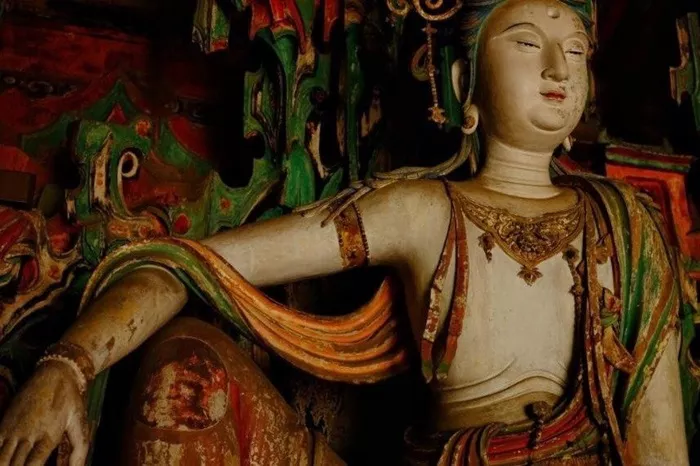When people asked me what I wanted to do when I arrived in the UK, I hesitated and said I wanted to volunteer at a Buddhist centre. Most of the time, people were curious and some joked that I was going to become a monk. But in reality, it was a way for me to experience the UK from a different perspective.
My experience working at FāVS News taught me to be open-minded about religion and faith. So, when the volunteer opportunity came up, I felt compelled to apply.
In January, I decided that this was the year I wanted to travel. I didn’t want to let fear rule my life anymore. So I signed up for an app that lets you exchange your services for free accommodation anywhere in the world. The UK seemed like an easy place to start.
The retreat centre I stayed at was the Tara International Kadampa Retreat Centre, a modern Buddhist centre in Derby. I volunteered there for two weeks, helping with cleaning and grounds work. On my three days off, I explored England and took in the beautiful scenery and history.
The Tara Center was founded by Venerable Geshe Kelsang Gyatso, a monk, teacher, and author who is believed to have attained enlightenment and brought modern Buddhism to the masses. There are hundreds of Tara Centers around the world, with more being built.
Modern Kadampa Buddhism “preserves the meaning and intent of the Buddha’s original teachings while presenting them in a clear, systematic way that is easily understood and put into practice by people of any nationality, age, or gender,” its website states.
The center is run by resident and non-resident staff and offers year-long courses in the English countryside. I attended several evening teachings, a meditation session, and even an empowerment during a three-day retreat.
The teachings and empowerments were given by Gen-la Kelsang Khyenrab, retired chief spiritual teacher of the New Kadampa Tradition-International Kadampa Buddhist Union (NKT-IKBU) and currently serving as the resident teacher at the Tara Center.
The center adheres to Tibetan Buddhism, a branch of Mahayana Buddhism. They focus on guru status, rituals and initiations, visual symbolism, mantras, and meditation.
A typical teaching begins at 7:30 p.m. in the main meditation room on the ground floor of the building. The meditation room is open to the public and volunteers can attend for free.
This is usually a very quiet and peaceful time, with people removing their shoes, picking up prayer books, and shuffling to their seats to wait for the chien la.
Whenever the chien lab enters, he knocks on the door and signals participants to stand. He then walks in and bows before statues of Gautama Buddha, Tara (for whom the center is named), Lama Tsongkhapa, and other important figures.
We then sit down and the chien la leads us in chanting prayers in the form of songs. The prayers are considered as important as meditation. After about 30 minutes of prayer, the chien la begins the class, in which he reads from various books.
These sessions are followed by more prayers and sometimes meditation time. After the chien la leaves, residents pass out tea and biscuits and encourage participants to mingle.
During my time at the center, I often asked residents questions to better understand Tibetan Buddhism. Every resident was happy to share their knowledge, not only to share the wisdom of the Dharma (teachings), but also to remind themselves to keep the teachings in mind.
The ultimate goal of believers here is to achieve true enlightenment. This means having a pure heart without any negative thoughts. They believe that only in this state can you truly help others and achieve complete peace.
There are the Three Treasures, also known as the Three Jewels: Buddha, Dharma, and Sangha. These three treasures are the three pillars of Buddhist belief and practice. When I heard this, I immediately thought of the Son, the Father, and the Holy Spirit.
There are many connections that can be made between different religions, connecting everyone in amazing ways.
The concept of karma is well known. Everything has a cause and effect, and actions and even thoughts can affect what happens in the future.
While the teachings and history can be quite complex for beginners, the core of the religion is rooted in faith, a commitment to the pursuit of true happiness, and treating everyone with compassion. When talking to all the residents, they all said the same thing:
You don’t have to follow the teachings so rigidly. Incorporating even a small part of the practice can make your life better. It was agreed that nothing was forced upon us, but rather an opportunity to learn and grow in spirituality.
I will always remember the time I spent at the Tara Center and the kindness shared with me by the residents and other volunteers.

